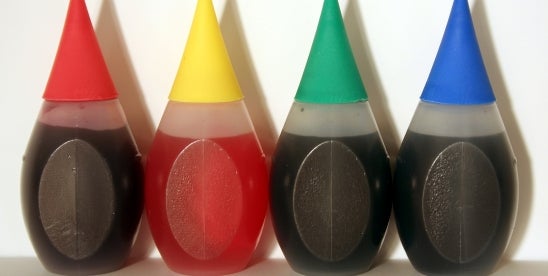While not often thought of as the pack leader on food regulatory issues, West Virginia recently did just that by becoming the first state to pass a state-wide ban on food dyes with the enactment of H.B. 2354 in March 2025.
Through this new law, West Virginia revised what constitutes “adulteration” in the case of “food, drink, confectionery or condiment” products to include “any added substance or ingredients which are poisonous or injurious to the health,” such as Red No. 3, Red No. 40, Yellow No.

5, Yellow No. 6, Blue No. 1, Blue No.
2, and Green No. 3. W.
Va. Code § 16-7-2. The law has a staggered implementation date that is poised to have immediate impact on West Virginians: for food and drinks served through school lunch programs, the law goes into effect with the start of the upcoming school year (August 1, 2025).
Broader food industry players, by contrast, have until January 1, 2028, to comply. This fast-approaching implementation date for school lunch programs is perhaps not surprising considering the recent focus by federal and state governments on studies which have suggested a connection between synthetic food dyes and neurobehavioral issues in children, including hyperactivity. Soon after West Virginia enacted its dye ban, the U.
S. Department of Health and Human Services and U.S.
Food and Drug Administration (“FDA”) announced the federal government’s plan to phase out petroleum-based, synthetic dyes from the country’s food supply. FDA’s action may help avoid the complications of a patchwork of state regulatory programs by establishing a national standard and timeline to ban these food dyes, as well as a timeline for transitioning to alternative dye sources. FDA’s announcement noted that the agency will first initiate the administrative process to ban Citrus Red No.
1 and Orange B in the coming months. Then, FDA will work with the food and beverage industry to eliminate other synthetic food dyes by the end of 2026, including Red No. 40, Yellow No.
5, Yellow No. 6, Blue No. 1, Blue No.
2, and Green No. 3. It will also ask food companies to remove Red No.
3 before its previously-announced, 2027-2028 deadline. At the same time, the FDA will accelerate its review and approval of natural dye alternatives. For example, the FDA stated that it will fast-track its review of calcium phosphate (which preserves color coatings), Galdieria extract blue (which produces a bright blue color), gardenia blue (which produces a dark blue color), and butterfly pea flower extract (which produces a range of vibrant colors, such as blue, purple, and green).
The FDA will also partner with the National Institutes of Health’s Nutrition Regulatory Science and Research Program to bolster food-related, comprehensive research on how additives affect the health and development of children. West Virginia has, thus, kicked the nation into gear. Over the next two years, the food and beverage industry must consider how these new laws and regulations will impact their businesses and products.
Listen to this post.
The Domino Effect: West Virginia’s State-Wide Dye Ban Leads Off FDA Action

While not often thought of as the pack leader on food regulatory issues, West Virginia recently did just that by becoming the first state to pass a state-wide ban on food dyes with the enactment of H.B. 2354 in March 2025.Through this new law, West Virginia revised what constitutes “adulteration” in the case of “food, drink, confectionery or condiment” products to include “any added substance or ingredients which are poisonous or injurious to the health,” such as Red No. 3, Red No. 40, Yellow No. 5, Yellow No. 6, Blue No. 1, Blue No. 2, and Green No. 3. W. Va. Code § 16-7-2. The law has a staggered implementation date that is poised to have immediate impact on West Virginians: for food and drinks served through school lunch programs, the law goes into effect with the start of the upcoming school year (August 1, 2025). Broader food industry players, by contrast, have until January 1, 2028, to comply. This fast-approaching implementation date for school lunch programs is perhaps not... Read the complete article here...Copyright © 2025, Sheppard Mullin Richter & Hampton LLP.















